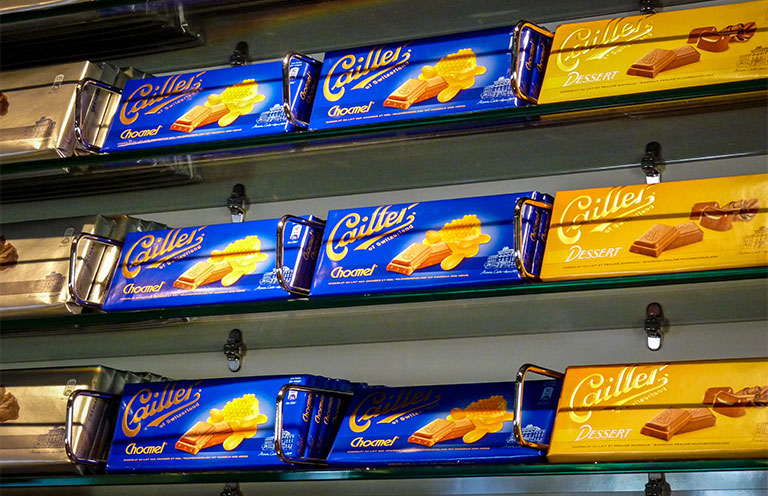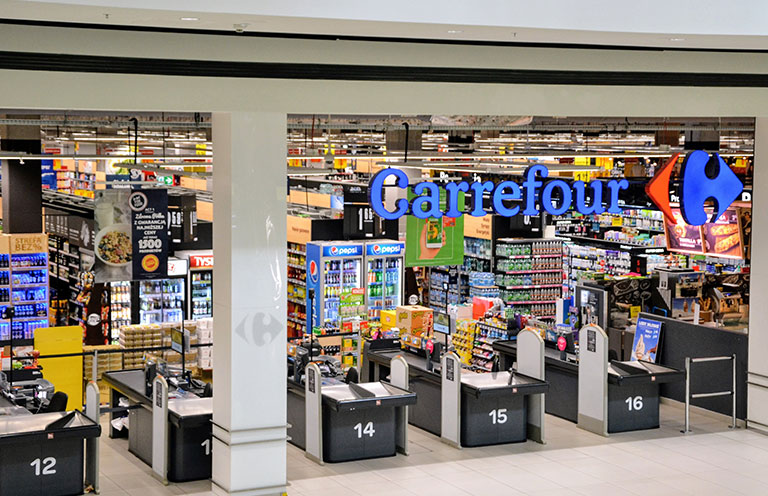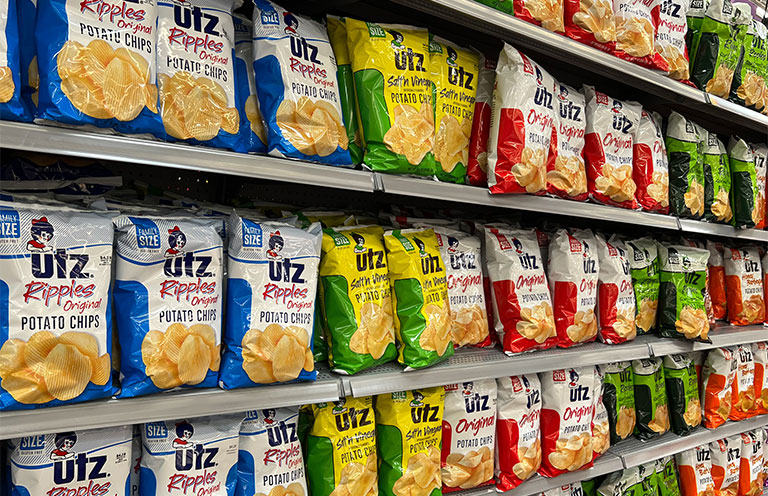Travel may be expensive, but souvenir shopping doesn’t have to be.
Most towns have not-so-secret places where you can score sweet deals on chocolate, save some dough on pastries and pay un-brie-lievable prices on cheese and other local goodies. That’s because people in the know understand that supermarkets offer fresh deals—with a side of local culture.
“A grocery store can, in essence, become a sight, an experience, and something you can bring home,” says Robyn Stencil of Rick Steves Europe in Edmonds, Washington.
When she visited a Berlin grocery store during the 2024 UEFA EURO soccer championships, for example, she discovered fan gear such as Germany T-shirts, scarves, and face paints.
“You can get that gear at the venues or souvenir shops, but in the grocery store, it was even more affordable,” she says. “It’s geared towards people who live in Berlin, and this is what they are looking to buy.”
Supermarket shopping needn’t be intimidating, even with a language barrier, Stencil says. It just requires a sense of adventure, a little local knowledge, and maybe a smartphone translation app.

Let’s go shopping
Fortunately, grocery stores are pretty much the same the world over—with produce and perishables on the side aisles and packaged food and home goods in the middle. Knowing this layout makes it easy to hunt for treasures.
Souvenirs to look for include the following:
Local specialties
Seek out popular regional products such as saffron in Spain, paprika in Hungary, or salt in Croatia. They often come in inexpensive decorative containers. Spices are also easy to pack and typically make it through customs without issue. Olive oil and wine go in your checked bags—just pack them securely to prevent breakage.

Sweets
“You can’t go wrong with candy,” Stencil says. Every country has something different, whether it’s bars, bonbons, or other confections. One of Stencil’s favorites is Cailler chocolate, which sells for about 4 Swiss francs ($5). She stretches her dollar further in France by picking up a bag of Michoko chocolates for 3 euros ($4), and then gifting the individually wrapped treats to young relatives.
Potato chips
The potato chip aisle—known as the crisps aisle in some countries—offers many flavors you won’t find back home, such as paprika in Germany, roast chicken in the United Kingdom and tzatziki in Greece. Cookies and crackers also make for tasty, packable souvenirs.

Nonedible items
Practical gifts such as store-brand tote bags make creative souvenirs. While tourist totes printed with “Paris” can cost upwards of $20, Carrefour (a France-based grocery chain) sells its reusable grocery bags for just 1 or 2 euros ($1 to $2). As Stencil puts it, “Your bag will be unique because you’re going to know what that is and other people are going to say, ‘What’s that?’”

Tips to make the shopping experience smoother
Time it right
Don’t wait until your last day to shop. Instead, take note of where the grocery store is in relation to your hotel, and stop in after a day of sightseeing so that you don’t have to carry your finds around all day.
Use a translating tool
A smartphone translation app can be a big help in countries where you don’t speak the language. Use it before you buy so that you know exactly what you’re getting.

Shop local—even when traveling domestically
US supermarkets can also be a great place to find regional treats, such as Goo Goo Clusters in Nashville, Fisher’s Fair Scones in Washington, or Utz Potato Chips in Pennsylvania.
The best reason to treasure-hunt in local markets may not even be the bargains, Stencil adds.
“It’s a fun reminder for the people at home,” she says. “You get to share…this experience that you had, this thing you got to try. It’s a way to continue the trip.”

